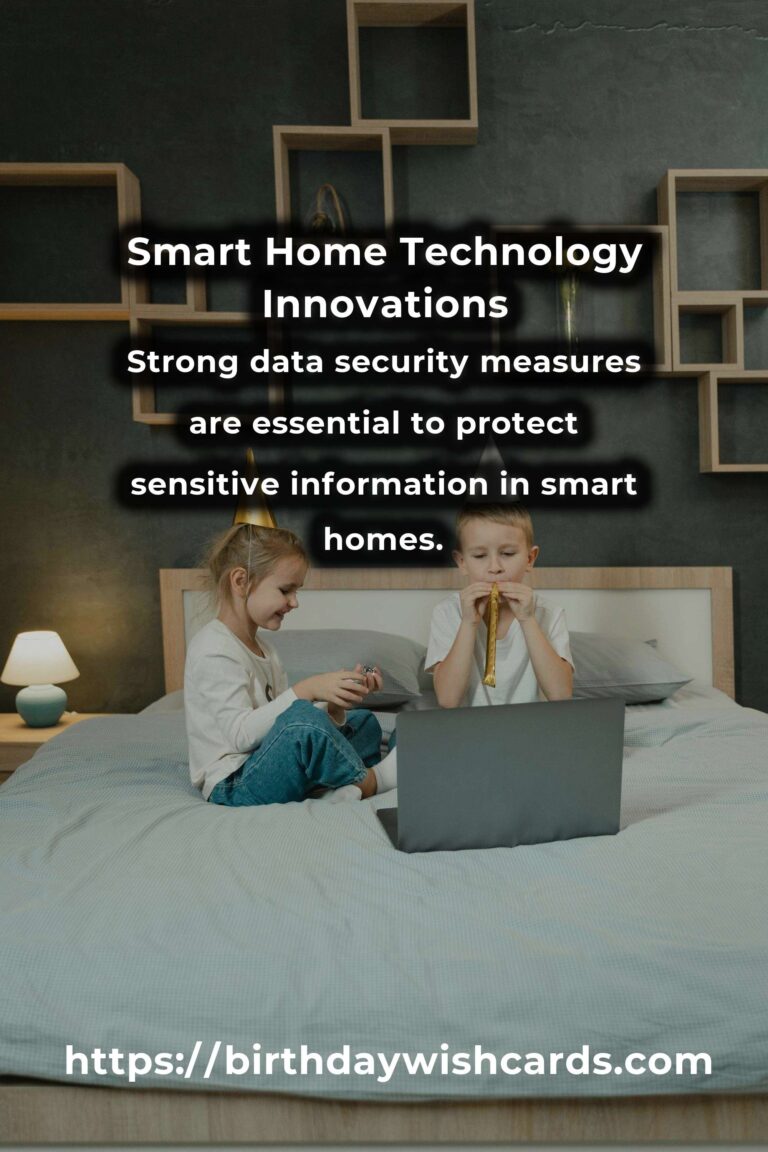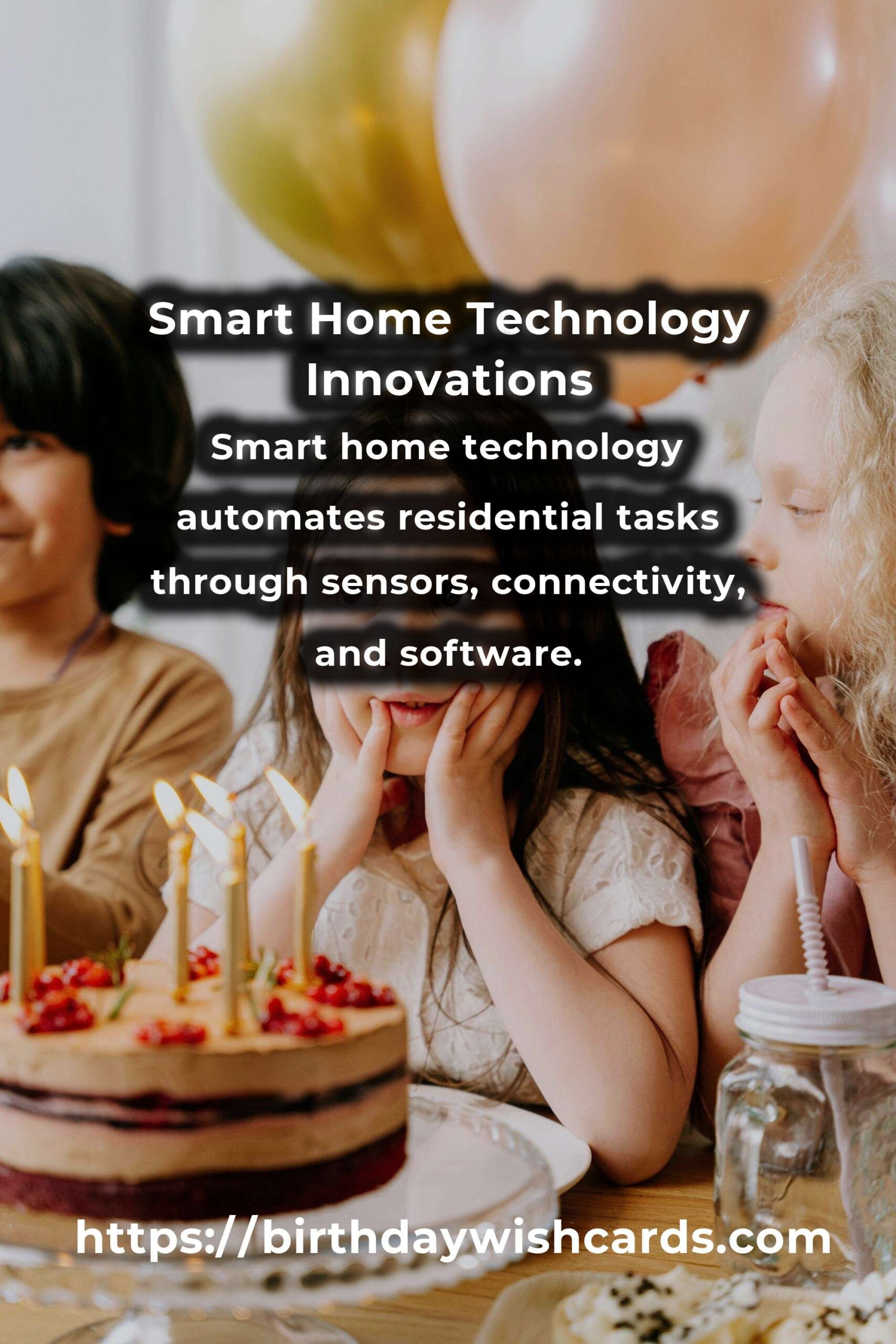
The evolution of smart home technology has transformed the way we interact with our living spaces. From automated lighting systems to intelligent thermostats, smart homes leverage cutting-edge technology to enhance convenience, efficiency, and security. This article explores the underlying science that powers these innovations, offering insights into how smart home tech is reshaping modern living.
Understanding Smart Home Technology
Smart home technology refers to a variety of devices and systems that automate tasks commonly performed in residential environments. These technologies utilize sensors, network connectivity, and software to manage and control home appliances and systems remotely.
The integration of smart home devices typically involves a central hub or control unit, which communicates with individual components via wireless protocols such as Wi-Fi, Bluetooth, Zigbee, or Z-Wave. This connectivity allows users to control their devices through smartphones, tablets, or voice commands.
The Role of Artificial Intelligence
Artificial intelligence (AI) plays a crucial role in the functionality of smart home devices. AI algorithms enable devices to learn user preferences and automate tasks accordingly. For example, smart thermostats can learn a household’s schedule and adjust the temperature to conserve energy while maintaining comfort.
Machine learning, a subset of AI, is particularly important for smart home tech. It allows devices to improve their performance over time by analyzing data patterns. This capability results in more personalized and efficient home automation.
Connectivity and Networking
The science of connectivity is foundational to smart home technology. Devices must communicate seamlessly to provide a cohesive user experience. Advanced networking technologies facilitate this interconnectivity, ensuring that data is transmitted quickly and reliably across devices.
Protocols like Zigbee and Z-Wave are specifically designed for smart home applications. They offer low-energy consumption and robust mesh networking capabilities, making them ideal for connecting multiple devices in a home setting. Wi-Fi, while more power-intensive, provides high-speed data transmission and is often used in conjunction with other protocols.
Data Security and Privacy
With the increased connectivity of smart home devices comes the need for robust data security measures. Protecting user data from unauthorized access is paramount, as these devices often handle sensitive information.
Encryption is a key technology in safeguarding data. It ensures that information transmitted between devices and the cloud is accessible only to authorized users. Additionally, manufacturers implement security protocols to prevent hacking and unauthorized access to smart home networks.
Energy Efficiency and Environmental Impact
One of the significant benefits of smart home technology is its potential to reduce energy consumption and the associated environmental impact. Smart devices can optimize energy usage by adjusting power consumption based on real-time data and user behavior.
For instance, smart lighting systems can turn off lights automatically when no one is in the room, and smart appliances can operate during off-peak hours to reduce electricity demand. These innovations contribute to lower utility bills and a smaller carbon footprint.
The Future of Smart Home Technology
As technology continues to advance, the possibilities for smart home innovation are vast. Emerging technologies such as 5G, edge computing, and the Internet of Things (IoT) will further enhance the capabilities of smart home systems, making them more integrated and intuitive.
The development of interoperable standards will also play a critical role in the future of smart homes, ensuring that devices from different manufacturers can work together seamlessly. This will foster greater adoption and innovation within the industry.
In conclusion, the science behind smart home technology is a fascinating intersection of connectivity, artificial intelligence, and data management. As these technologies evolve, they will continue to redefine the way we live, offering smarter, more sustainable, and more comfortable living environments.
Smart home technology automates residential tasks through sensors, connectivity, and software. Artificial intelligence enables smart devices to learn user preferences and automate tasks. Strong data security measures are essential to protect sensitive information in smart homes. Smart home technology can significantly reduce energy consumption and environmental impact. Emerging technologies like 5G and IoT will enhance the capabilities of smart home systems.
#SmartHome #Technology #AI #Innovation #HomeAutomation

